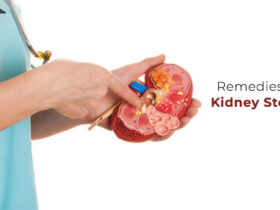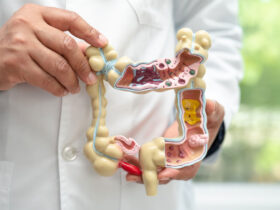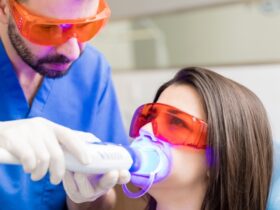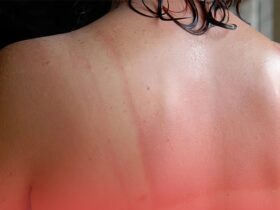Building Your Shield of Preparedness: A Guide to Crafting a First Aid Kit
In the unpredictable journey of life, having a well-stocked first aid kit is like carrying a shield of preparedness. Whether at home, in the car, or on an outdoor adventure, being equipped with the right supplies can make a significant difference in emergency situations. Let’s explore the must-have supplies for creating a comprehensive first aid kit.
The importance of first aid lies in its potential to save lives, prevent worsening conditions, and provide immediate care until professional help arrives, fostering community well-being and safety.
Essential First Aid Kit Basics
1. Adhesive Bandages:
- Include a variety of sizes to cover cuts, blisters, and minor abrasions. Having different shapes ensures you are prepared for various wound types.
2. Sterile Gauze and Dressings:
- Essential for covering larger wounds or burns. Sterile gauze pads and dressings help prevent infections and facilitate proper healing.
3. Adhesive Tape:
- A crucial item for securing bandages and dressings in place. Opt for a hypoallergenic tape suitable for different skin types.
4. Antiseptic Wipes:
- Wipes containing antiseptic solutions are invaluable for cleaning wounds before applying bandages. They help prevent infections and promote healing.
5. Scissors and Tweezers:
- Sharp scissors are necessary for cutting tape, gauze, or clothing in emergency situations. Tweezers come in handy for removing splinters or foreign objects.
Wound Care Essentials
1. Antiseptic Ointment:
- Apply to wounds before dressing to prevent infection. Look for a broad-spectrum antiseptic that covers a range of bacteria.
2. Hydrogen Peroxide:
- An essential disinfectant for cleaning wounds. Dilute with water before use, and avoid using it on deep wounds.
3. Disposable Gloves:
- Protect yourself and others by including a pair of disposable gloves in your kit. Use them when administering first aid to reduce the risk of contamination.
4. Instant Cold Packs:
- Ideal for reducing swelling and relieving pain in case of injuries like sprains or strains. Activate the cold pack and apply it to the affected area.
Medications and Tools
1. Pain Relievers:
- Include over-the-counter pain relievers like acetaminophen or ibuprofen. Ensure they are suitable for all ages if the kit is for a family.
2. Tweezers:
- A fine-tipped pair of tweezers is handy for safely removing splinters or ticks. Ensure they are sharp and clean.
3. Thermometer:
- A digital thermometer is a vital tool for monitoring body temperature. Choose a reliable and easy-to-read model.
Additional Considerations
1. Emergency Blanket:
- Compact and lightweight, an emergency blanket provides warmth and can be crucial in treating shock or hypothermia.
2. CPR Face Shield:
- Include a CPR face shield to protect yourself when performing CPR. It is a hygienic barrier that helps prevent the transmission of infectious diseases.
3. Emergency Contact Information:
- Keep a list of emergency contacts, including local emergency services, poison control, and your healthcare provider.
Regular Checkups and Maintenance
1. Expiry Dates:
- Regularly check the expiration dates of medications and supplies in your first aid kit. Replace any items that have expired.
2. Personalize Your Kit:
- Consider the specific needs of your family or group. If someone has allergies or specific medical conditions, include necessary medications or tools.
By assembling a first aid kit with these essential supplies, you not only prepare yourself for unexpected situations but also contribute to a safer environment for those around you. A well-prepared first aid kit is a small investment that can yield significant returns in times of need.







